Harmonized system for community-based inventory of bamboo resources in key production areas in the Philippines

Bamboo cover maps and estimates of harvestable bamboo culms in Pangasinan, Iloilo, …

Bamboo cover maps and estimates of harvestable bamboo culms in Pangasinan, Iloilo, …

Enzymes in natural textile fiber treatment was used and utilized a combination …
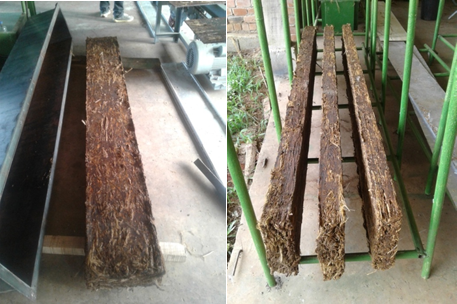
Prototype composite boards from kawayan tinik …
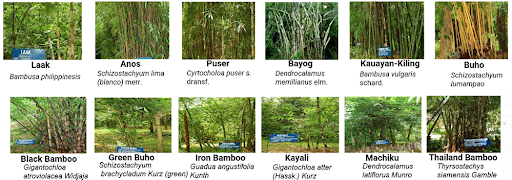
The team from the Department of Science …
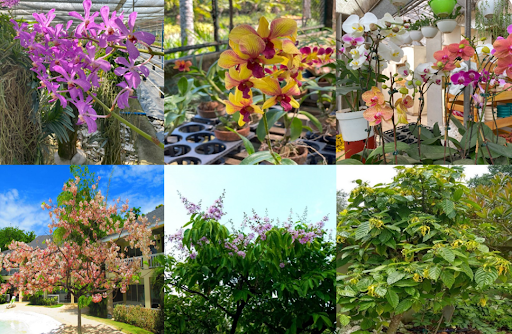
Dubbed as a “bright shine industry,” the ornamental plants industry is recognized …
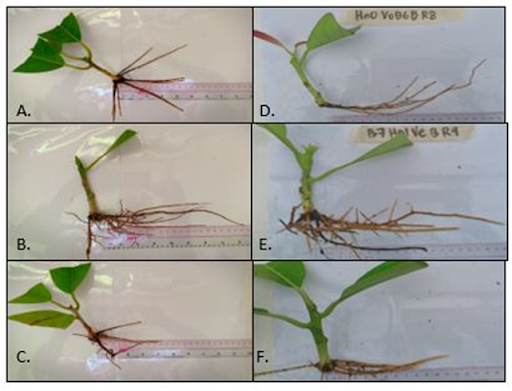
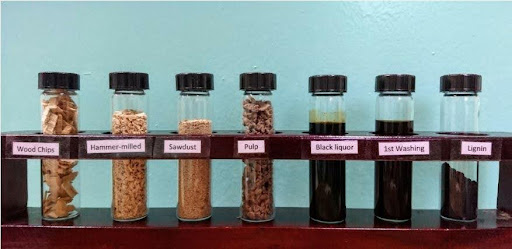
The program on Value Adding …
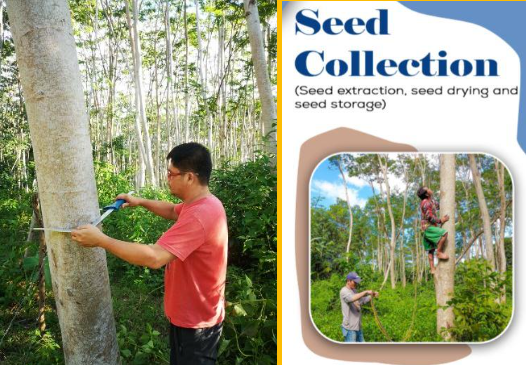
Demonstration farms of various …
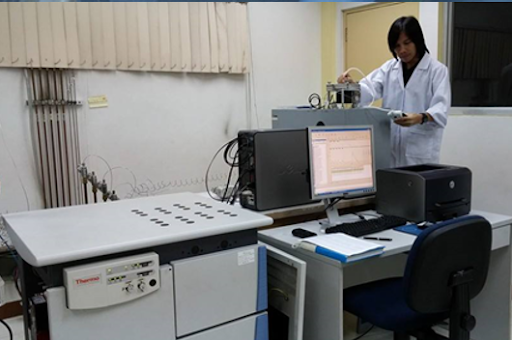
Nutrient management is always of fundamental economic importance in the agriculture of …

With the use of markers for disease resistance, susceptible …